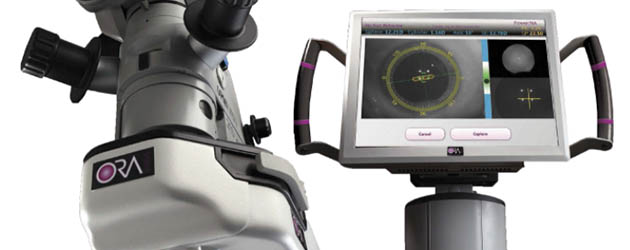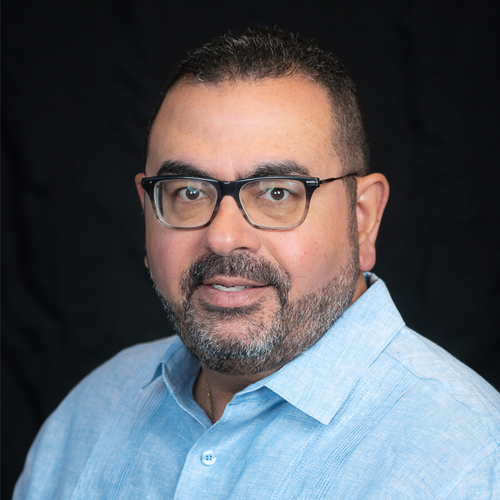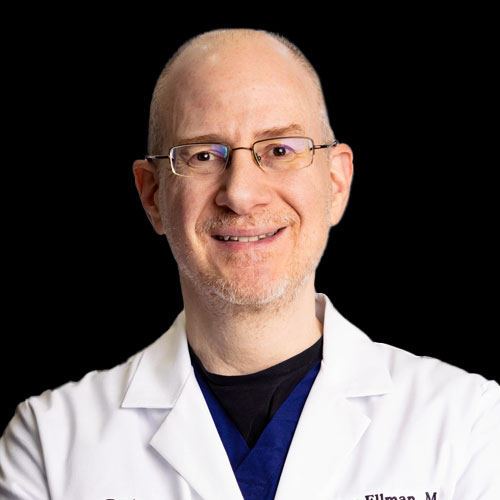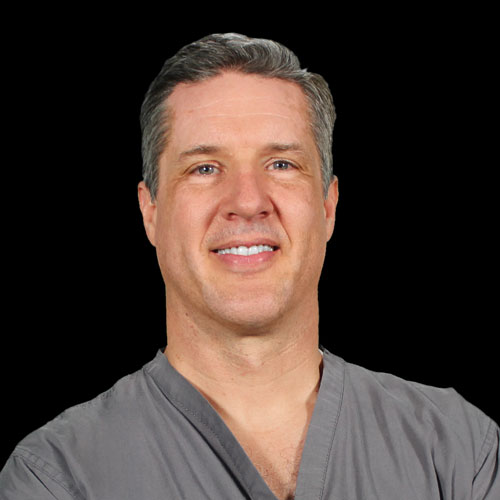Advanced Technology Replacement Lenses
As we age, our natural crystalline lens begins to harden and yellow. This hardened, yellow lens is known as a cataract. During Cataract Surgery, the cataract is removed, and an Intraocular lens implant (IOL) is put in its place. After surgery, you have both eliminated your cataracts and corrected your vision in the process with a brand-new lens.
Advances in technology have made it possible to provide intraocular lens options that allow patients to see at one or multiple distances, as well as the ability to correct astigmatism.
It’s important to discuss your lens options with your care counselor and surgeon prior to surgery to ensure you get the lens most suited to your needs.
Solutions for Your Vision with Intraocular Lens (IOL) Options
Are you tired of looking at the world around you through a dirty window? Have you stopped doing the things you love because cataracts impair your vision? After cataract surgery, you can expect the cloudiness and blurriness to be reduced, leading to clearer vision. However, what if you could enhance the outcome and reduce your dependency on glasses or contact lenses?
In today’s modern world, people stay updated with technology for their phones, computers, cameras, and so much more. Why wouldn’t you want to do the same regarding your eyesight and seeing clearly?
Advanced technology IOLs function much like your glasses or contact lenses. When implanted into the eye, these IOLs provide focusing power that your natural lens does not have, allowing you to enjoy clear vision.
MONOFOCAL (standard lens)
Provides exceptional clarity for distance vision. You may need glasses for near and intermediate vision. If you have astigmatism, you will likely need glasses at all distances.
A basic lens that will typically allow people with otherwise completely healthy eyes to receive clarity in a single distance of vision, usually with the need for glasses at all distances chosen between a patient and their doctor for the best impact on their lifestyle (covered by insurance).
TORIC
Provides clear distance vision while correcting astigmatism. You may need glasses for clear near and intermediate vision.
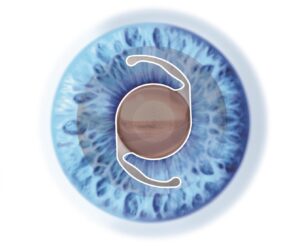
MULTIFOCAL/TRIFOCAL/EXTENDED FOCUS
Allows for vision at two or all three distances
Enjoy a full range of vision and exceptional clarity without glasses. High-performance lenses tailored to support an active lifestyle, from hobbies to daily activities, offering vision transitions between distances. TORIC versions are available. Allows you to see clearly at far and intermediate distances. You may require glasses for reading small print.
With the advanced technology trifocal lens, cataract and refractive lens exchange patient’s vision can be corrected for immediate, near, and distance vision. Prior to this advanced lens, all multifocal lenses in the United States only corrected vision at two distances.
Where a standard lens provides vision at a single distance, an advanced technology lens such as a multifocal IOL, will be the best choice if you want to maximize your ability to focus on varying distances while minimizing your dependency on glasses. For people who are active and are inhibited by wearing glasses, multifocal lenses are a premium option that can accommodate you and your favorite activities.
Recent advancements in multifocal technology now make it possible for people to see at multiple distances without the help of magnifying glasses or bifocals (even trifocals). You can experience your vision close-up while reading the paper or your favorite book and then enjoy seeing at a distance when you’re looking at the sunset or watching TV. These lenses can consistently offer improved vision at various ranges.
LIGHT ADJUSTABLE LENS (LAL)
The Light Adjustable Lens™ stands as the only adjustable intraocular lens (IOL) available, providing the opportunity for vision optimization following lens implantation and recovery. The customizable LAL option provides the highest degree of precision, tailored to your specific vision needs, ensuring achievable clarity and focus. The LAL lens can be adjusted multiple times AFTER your surgery or until your prescription is right for you. If you and your doctor decide that the LAL is right for you, you will undergo standard cataract surgery, followed by additional light treatments to achieve your desired vision results.
Learn more about the Light Adjustable Lens
ORA (OPTIWAVE ANALYSIS) for Real Time Measurements During Surgery
A Revolutionary New Technology to Optimize the Best Possible Vision During Cataract Surgery
Southwestern Eye Center is proud to announce yet another FDA-approved technology aimed at improving vision with cataract surgery. This new device is called ORA., Optiwave Refractive Analyzer.
ORA provides an analysis of your eye during cataract surgery that is not possible with conventional measurements and instruments. The technology works by directing an invisible beam of low-intensity light into the eye during cataract surgery. This light then reflects from the eye and sensors within the ORA device analyze the eye’s unique optical characteristics. This information then allows our surgeons to choose the most accurate intraocular lens implant and more accurately correct astigmatism for every patient who chooses to use this technology.
Ideal candidates are patients who want the most accurate results, patients who choose advanced technology implants like multifocal, accommodative, and Toric implants, patients who desire more accurate astigmatism corrections, patients with prior PRK or LASIK, and in conjunction with LenSx (laser cataract surgery).
For more information about ORA and what it can do for you, please feel free to discuss this with our cataract refractive team.
Benefits of ORA
- ORA analysis is used to optimize any cataract procedure regardless of the lens that you and your surgeon select
- Your surgeon will receive an ORA analysis that will guide the correction of your eye to help ensure optimal outcomes
- If you have astigmatism, ORA may improve the accuracy of your correction to help reduce the chance that you will need eyeglasses after your cataract treatment
Schedule Online Now!
You can book your next eye care appointment entirely online and find an appointment that works perfectly for you.
Our Doctors
We have many experienced doctors that specialize in cataracts and cataract surgeries. Find more information on each of our cataract doctors by clicking on their images below.
Phillip D. Boyer, D.O.
Cataracts
Michael Campion, M.D.
Cataracts, ICL, RLE, LASIK
Brian M. Chang, M.D.
Cataracts, Glaucoma
Daniel Dansdill, M.D.
Cataracts, Glaucoma
Sunil P. Deokule, M.D.
Cataracts, Glaucoma
Carlos Diaz, M.D.
Cataracts
Marc Ellman, M.D.
Cataracts
Michael B. Horsley, M.D.
Cataracts, Glaucoma
Renee McCoy, MD
Cataracts
Wen-Shin Lee, MD
Cataracts, Glaucoma
Aaron M. Petersen, M.D.
Cataracts, ICL, RLE
Daryl Pfister, M.D.
Cataracts, ICL, RLE
Deepti Saini, M.D.
Cataracts
Tamzid Rahman, DO
Cataracts, Comprehensive Eye Exams
Andrew Wallmann, M.D.
Cataracts, General Eye Care
Download Our Senior Eye Health Guide
Find answers to all your questions about age-related eye problems and how to maintain good eyesight as you get older.



